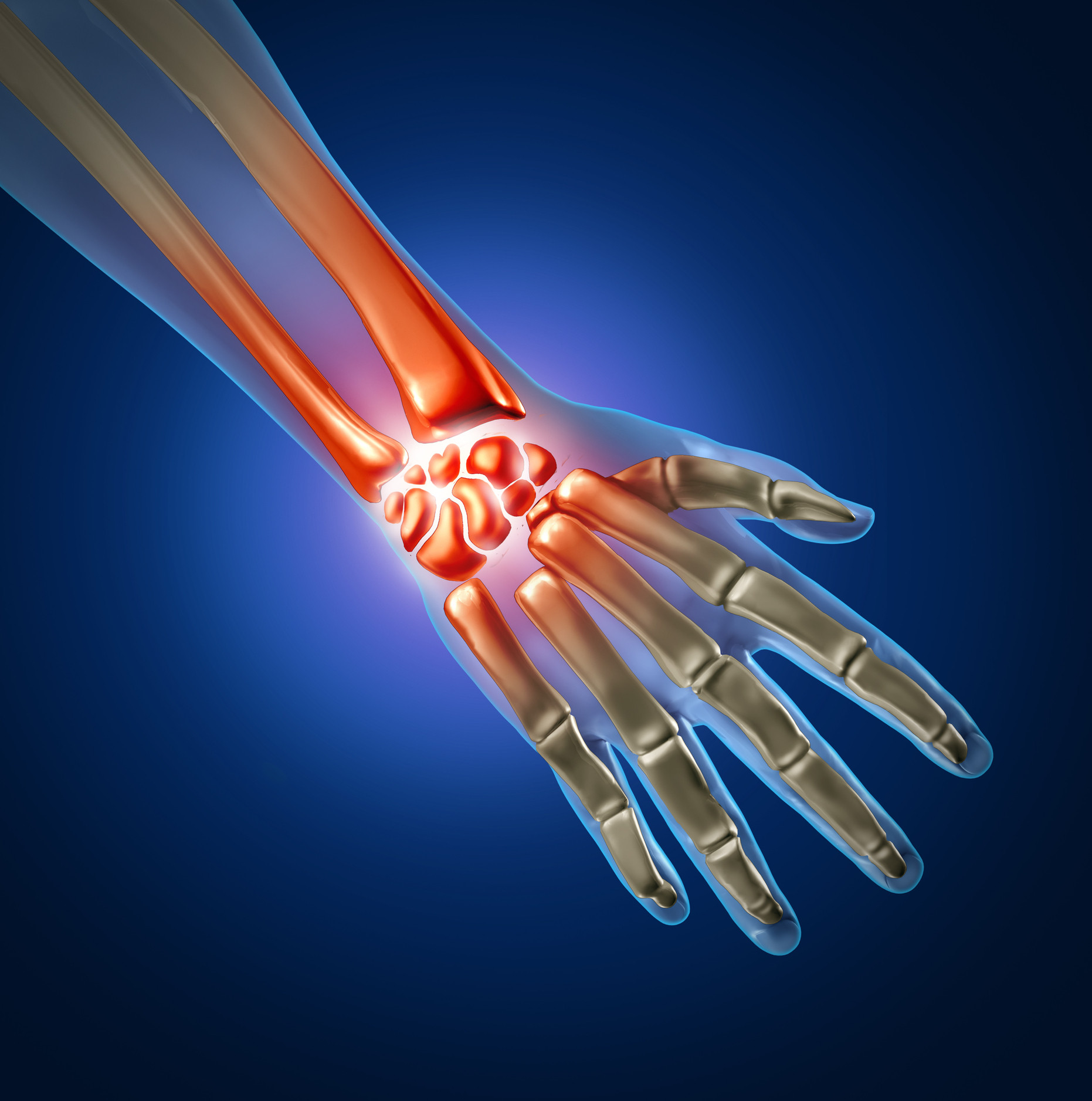In our computer-driven world, one medical problem on the rise is carpal tunnel syndrome. Carpal tunnel syndrome occurs when one of the key nerves in the wrist (the median nerve) is compressed or squeezed. Housed within the carpal tunnel (a narrow passageway of bones and ligaments at the very base of your hand), when the median nerve is impacted, it causes a sharp, piercing pain to run from your wrist up and up through your arm.
Carpal tunnel is a progressive condition. It usually starts as a mild annoyance – an occasional tingling, burning, or numbness in the palm of your hand and your fingers, especially after you first wake up in the morning. This results in the patient feeling the need to shake out their hands and wrists. Other early signs include the feeling of your fingers being swollen even when they are not.
Over time, the feelings of tingling, burning and numbness increase. The feelings begin to persist throughout the day. Eventually the patient finds it hard to grasp small objects or to form a fist. In severe cases, the patient starts to lose feeling in the hand and the muscles in the hand can start to deteriorate.
While people who constantly type on a computer often complain of carpal tunnel (due to the stress that the repetitive positioning of the hands puts on the nerve), there are actually several different causes of carpal tunnel syndrome. Other common ones include injury to the wrist, hypothyroidism, use of vibrating hand tools, development of a cyst, or fluid retention due to menopause or pregnancy. Women have a much higher predisposition to carpal tunnel syndrome than men, most likely due to the smaller tunnel in a woman’s body.
If you notice the symptoms of carpal tunnel in your wrists, it is important to see a doctor right away. The doctor will perform a series of tests to determine if it is indeed carpal tunnel or if it is another ailment with similar symptoms. If you indeed have carpal tunnel syndrome, early detection and treatment can go a long way in saving the median nerve from permanent damage. In the early stages, there are several non-surgical treatment options such as therapy and exercises. Otherwise, your doctor will most likely recommend surgery.
Carpal tunnel surgery is one of the most commonly performed surgeries in the United States. The surgery is an outpatient procedure that allows you to return home the same day. The doctor will reduce the pressure on the median nerve by severing the band of tissue that surrounds the wrists. The surgery requires a period of physical therapy in order to regain strength and function in the wrists. In most cases, full recovery takes several months.
If you are experiencing pain, tingling or numbness in your hands or wrists, talk to you doctor to see if you might be experiencing carpal tunnel syndrome.

